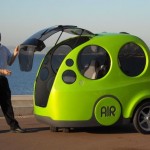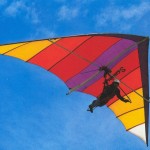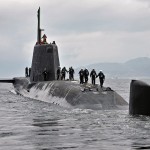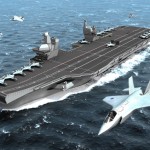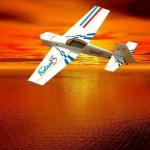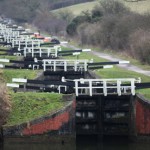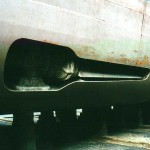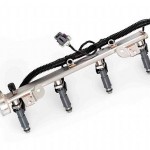It’s zero emission and can be refuelled in two minutes with the stuff you breathe The idea that a car could run on air and emit only pure air out of its exhaust pipe sounds a little farfetched. But French company MDI has developed an engine that does exactly that and built a car around …
Category Archive: Transport
How do Hang Gliders Work
Propelled upwards solely by hot air, hang gliders make engineless flight possible. Hang gliders work by generating lift through both their body and wing shape, as well as exploiting the natural meteorological updrafts created in Earth’s atmosphere. Through these factors, hang gliders can use gravity as a source of propulsion, yet stay airborne for lengthy …
Inside a Submarine
HMS Astute is the first in a program to design seven Astute-class subs to replace the Royal Navy’s aging Swiftsure and Trafalgar-class. Three similar subs (Ambush, Artful and Audacious! have already been approved to follow. Around 6,000 people were involved in Astute’s construction at BAE’s Devonshire Dock Hall in Barrow-in-Furness, the largest shipbuilding construction complex …
How Big is an Aircraft Carrier
Aircraft carriers of the world don’t come much larger than the US Navy’s nuclear-powered Nimitz-class. At 4.5 acres and stretching 1,092 feet, the flight deck of USS Abraham Lincoln dwarfs the Chrysler Building – and it’s not even the biggest around. Despite its awesome profile, however, its role is more than symbolic. The carrier can …
How do Planes Fly
When we finally made the pivotal breakthrough, man-made flight took off in a hurry. In 45 years, we went from the Wright Brothers’ beach hops to businessmen harassing stewardesses at 20,000 feet and test pilots moving faster than sound. Each leap forward came from ever-greater feats of engineering. For millennia, would-be aviators knew bird flight …
How Does a Jet Engine Work
The very first aircraft used engine-driven propellers to drive them through the air and, of course, many planes still use propellers today. However, if you want to achieve serious speed in the air then you’re going to need an awful lot of thrust, and for that you need a jet engine. To demonstrate how a …
How do Canal Locks Work
Canal locks have been around for centuries, and are both elegant yet ingenious. In the early days of canals, locks were not necessary. Engineers built them on flat land; gradients were not an issue. However, canals are man-made structures originally designed for work, not pleasure. To make best use of them, they needed to go …
How do Ship Stabilizers Work
How do they help keep ships level in rough waters? Ship stabilizers come in three main categories: bilge keels, ship stabilizers and gyroscopic ship stabilizers. Bilge keels are long thin strips of metal that run in a V shape along the length of a ship at the turn of the bilge (the area on the …
How does Fuel Injection Work
The electrically powered, computer-controlled syringe that injects more power into an engine. Fuel injection systems are the delivery agents that help a car move. They spray fuel into the combustion chamber, where it mixes with air before being ignited. Fuel injection is a totally computer-controlled process that is fully responsive – the very millisecond any …
How does a Helicopter Fly
Arguably the most versatile vehicles used on Earth, helicopters are used for military, civil and industrial purposes, offering unrivalled flight dynamism. Helicopters consist of a large airfoil (a rotating blade assembly) mounted via a hinged shaft to an aircraft fuselage, engine and flight controls. Unlike fixed-wing aircraft such as planes, however, the flight principles of …













